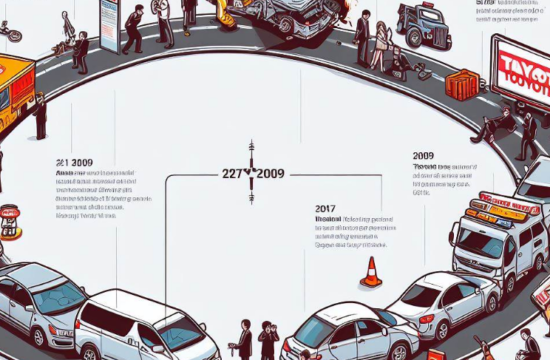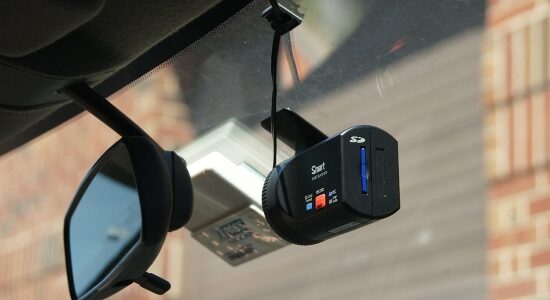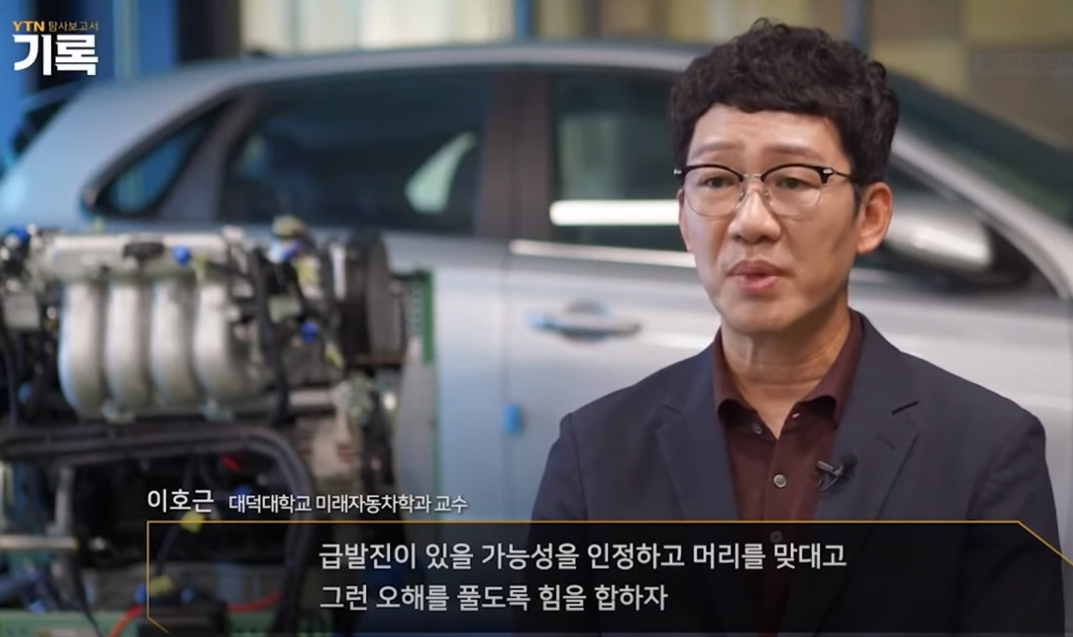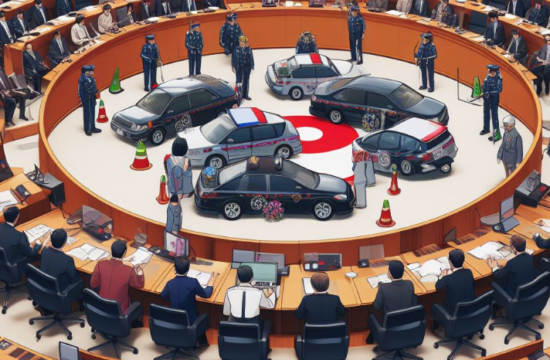The problem of braking against an engine operating at high speed is exacerbated by the rapid depletion of the vacuum-assisted brake booster, which multiplies the force used to push on the brake pedal, and brings the vehicle to a stop. If the driver applies the brakes firmly and consistently, he or she, with sufficient time and space, may be able to bring an accelerating car to a stop, although it will take much more force than normal. NHTSA’s 2007 tests showed that “Brake pedal force in excess of 150 pounds was required to stop the vehicle, compared to 30 pounds required when the vehicle is operating normally.” So, that’s more than five times the normal braking pressure.
However, if the driver attempts to pump the brakes, NHTSA testing showed: “With the engine throttle plate open, the vacuum power assist of the braking system cannot be replenished and the effectiveness of the brakes is reduced significantly.”
In 2011, NHTSA published the Vehicle Characterization and Performance Study of Camrys, an examination of 20 Camry vehicles, nine of which had experienced UA. The study tested Camry braking at 65 mph under different conditions – loss of vacuum, full engine power, and differing levels of brake force. It found:
“There were test situations when the accelerator was being fully depressed during braking and the applied brake force was insufficient to stop the vehicle and the test was suspended. This was also the case when the vehicle reached a slow enough speed to downshift to first gear, where the engine torque was sufficient to overcome the prescribed brake force.”
브레이크와 엔진 페달을 동시에 밟으면 브레이크가 이길까 또는 엔진을 이길까? 말콤 글래드웰은 브레이크가 이긴다고 장담했다. 그리고 몇 가지 실험 사실을 제시했다.
하지만 미국 도로교통안전국(National highway traffic safety administration, NHTS)은 그럴 가능성이 매우 낮다고 설명한다.
NHTSA(미국도로교통안전국)에 의하면 급 가속으로 달리고 있는 자동차를 세우기 위해서는 정상적으로 달릴 때에 비하여 5배 이상의 힘이 필요하다. 브레이크 시스템의 부스터에 필요한 진공을 만들 수 없어 브레이크의 효과가 크게 감소하기 때문이라는 것이다.










